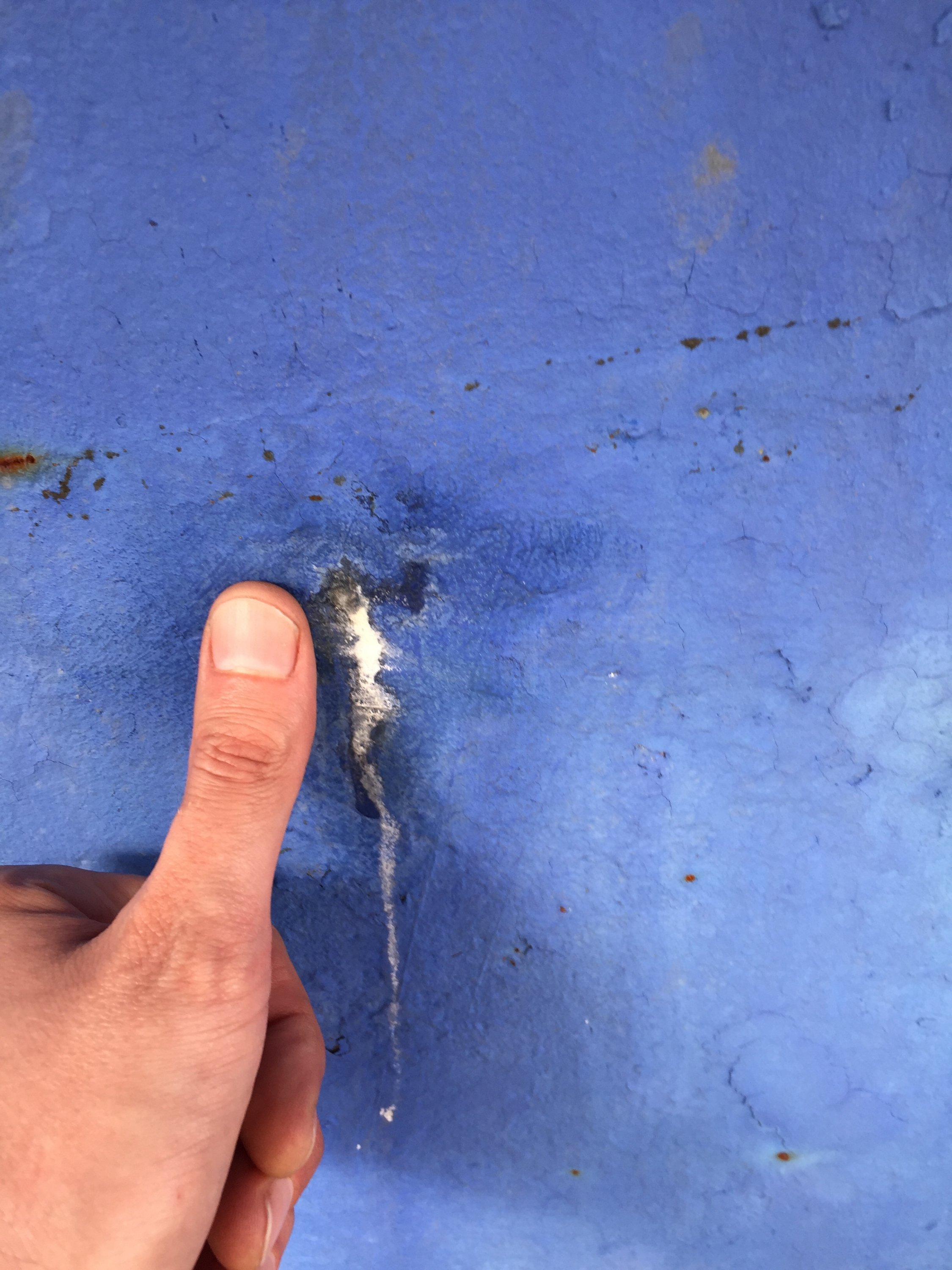Hi!
First year with my new old boat out of the water and I notice this weird, white, acidic liquid coming out of the keel. The keel is cast iron, not encased, which I believe rules out my first diagnosis - osmosis.
Any idea what this is and if it’s dangerous to sail with this condition? Planned to go into the water in a week.
Model: Allegro 27 (1978)
First year with my new old boat out of the water and I notice this weird, white, acidic liquid coming out of the keel. The keel is cast iron, not encased, which I believe rules out my first diagnosis - osmosis.
Any idea what this is and if it’s dangerous to sail with this condition? Planned to go into the water in a week.
Model: Allegro 27 (1978)










